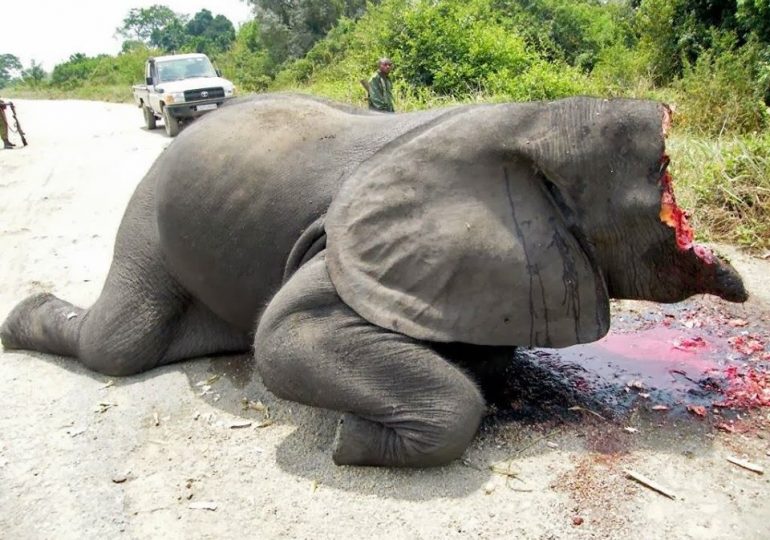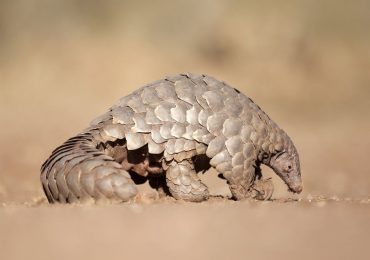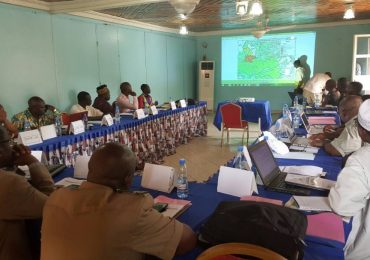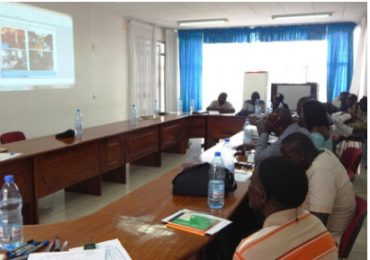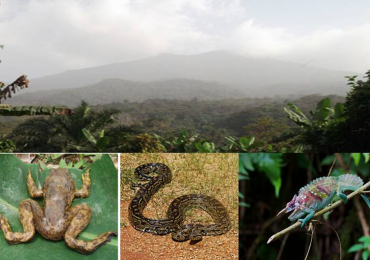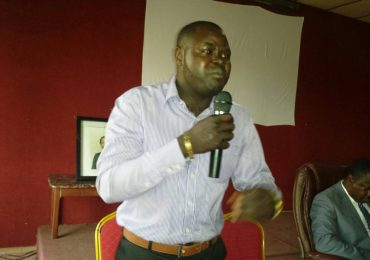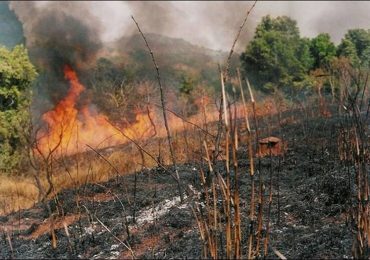Once the benchmark index of elephant anti-poaching, continuous slaughtering of elephants by poachers in Korup National Park in Ndian Division, South West Region, is rendering the park rather a risky habitat for the mammals.
By Regina Fonjia Leke
This year alone, some 20 elephants have been butchered in the Korup National Park.
The number of elephant killings has been on a steady rise since 2008 when over eight elephants were shot and killed in Esukutan-Bakoko in the park.
Before this incident, a poacher had killed two elephants in Ikenge Bakoko. In 2013, two elephants were killed in Baro in Kupe Muanenguba Subdivision, four others in Esukutan Bakoko and two others in Ikenge Bakoko. Late the same year, two elephants were shot in Ikassa.
In 2014, a poacher once arrested in 2008, shot an elephant eight kilometres away from the Mana suspension bridge and the elephant died after killing the said poacher.
Eco-guards on patrol later collected the tusks of the dead elephant.
Most recently in June 2014, forestry officials in collaboration with officials of The Last Great Apes Association (LAGA) and the forces of law seized two elephant skulls, one jaw bone, 58 teeth and over 26 bones from two Cameroonians in their late thirties at the Vista Palace Hotel, Mundemba.
The poachers claimed to have picked the bones from the Korup National Park.
In July 2014, eco-guards found three elephants dead in Bayang-mbo near Nguti.
Corruption, Poor Management Fuel Poaching
Investigations carried out by The Green Vision suggest that corruption and poor management lubricate the wheels of rampant elephant poaching in Korup Park.
An eco-guard (names withheld for fear of reprisals) said the elephants and other endangered mammals at the Korup National Park would continue to die in their numbers if the management is not revived.
The forest technician said every year government allocates 34 million francs besides other millions contributed by the Program for the Sustainable Management of Natural Resources for the running of the park, “but it is funny that despite all the money pumped in, the park continues to suffer. Before, there used to be six mobile control posts to facilitate patrols for eco-guards. But these posts at Mofako, Tombe Batanga, Ekonomanojong and Baro have all collapsed.”
He also told The Green Vision that a research camp, which used to exist at Ekengue, has been abandoned.
“In addition, most of the suspension bridges that used to help eco-guards cross certain rivers to get to other parts of the park have all collapsed and no one cares to repair them. Footpaths within the park are fast disappearing and this renders patrol difficult, if not impossible,” the eco-guard said, adding that poachers have taken advantage of the inertia in management and are invading the forest to slaughter elephants with impunity.
Another staff at the park (names also withheld) told The Green Vision that apart from lapses in management, the population of elephants in Korup continues to dwindle because there is a huge black market for elephant parts in international markets.
He said this has recently worsened given that hitherto, only the demand for elephant tusks drove the black market, but now a new trade has developed in elephant bones triggering the slaughter of many more elephants.
The eco-guard equally said elephant vulnerability at the Korup National Park keeps increasing because of the limited number of eco-guards.
“The Park spans across three Divisions; Ndian, Kupe Muanenguba and Manyu yet has 21 eco-guards only. Manyu and Kupe Kivisions are even more vulnerable and porous because all the eco-guards are based in Mundemba in Ndian,” said the forest ranger.
Another guard, however, said, “The number of eco-guards has never and can never be the problem. We used to have the same number or even less some years back and these rampant killings never used to take place; why now? This just explains the fact that then we were more constant in the field, which scared away poachers as compared to now when we go on patrols occasionally. I think the problem lies with management.”
According to the guard, the location of the park at the border is also a source of threat.
“The fact that the park is located in a border town also poses enormous dangers given that some poachers enter by sea through Nigeria,” he said.
Other eco-guards said the presence of villages within the park is also a potential source of danger.
“According to the law, there is supposed to be no human interference in a protected area, but five villages exist within the park and this is already a problem. Their presence in the park was what led to the burning down of all eco-guards posts in Erat by villagers in 2009,” said a guard.
Where there is a protected area, there is also need for a three-km of buffer zone, but with Korup, most of its boundaries are natural.
Immediately after the park you find rivers and the vast lands are also occupied by PAMOL plantations and the Rumpi Hill Reserve.
Human-Elephant Conflict
Friction between humans and elephants is another problem causing the death of the mammals.
“Elephants need large areas to move and some of these areas are owned by farmers. For example, a certain Efo owns a farmland at Mana Bridge, which shares boundary with the park. This area is supposed to be a corridor for elephants but the presence of the farm causes the elephants to constantly destroy crops and this sometimes causes farmers to set traps to kill these animals or shoot them. However, the Ministry of Forestry and Wildlife is said to be working to establish a toolbox to solve the problem of animal-human conflict, a measure that will scare elephants to remain in the wild,” an eco-guard told The Green Vision.
He said after a workshop in Gabon, Korup was chosen as a pilot site to test the toolbox.
The implementation of this program supported by Cameroon and the Programme for the Sustainable Management of Natural Resources (PMNSR) is anticipated to begin in November 2014.
The Green Vision was not able to confirm immediately the allegations cited in this article as phone calls to the Conservator of the Korup National Park, Fotendong Ferdinand, failed to go through.


